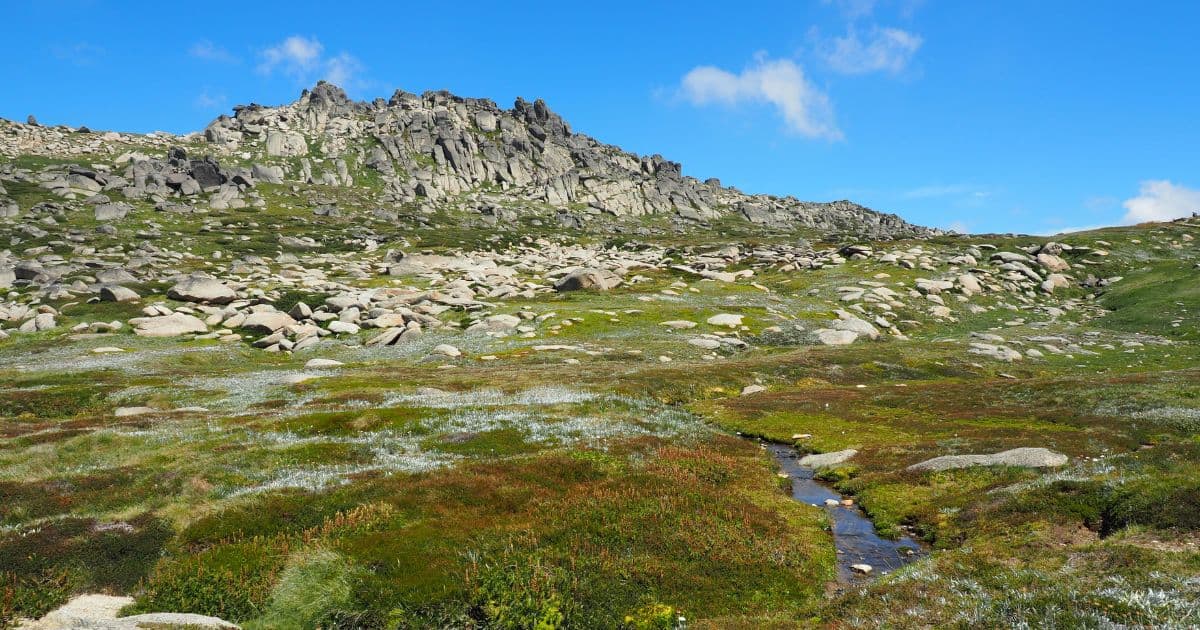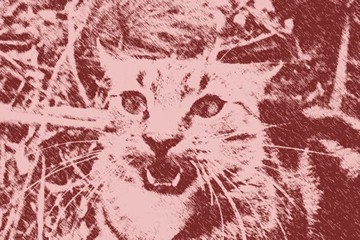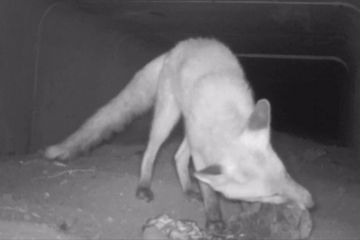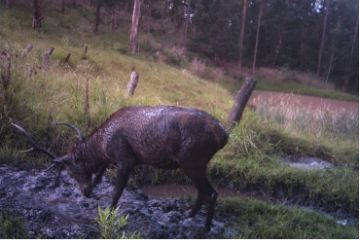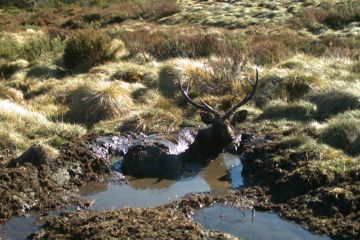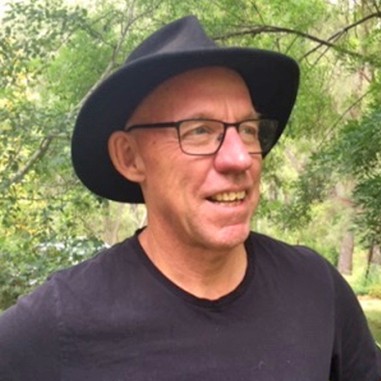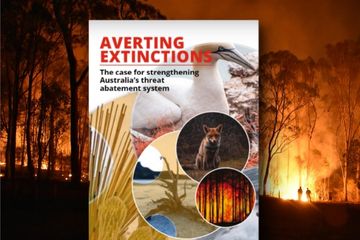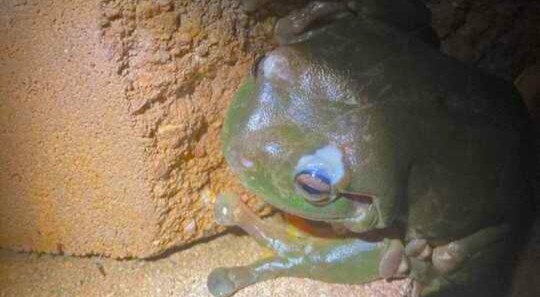
Writing Kit Template
If left unchecked, red imported fire ants and yellow crazy ants will impact our health, food systems and lifestyle. They will also kill and destroy the habitat of our cassowaries, platypus, echidnas, turtles, frogs and so many more native species. Please act today.






